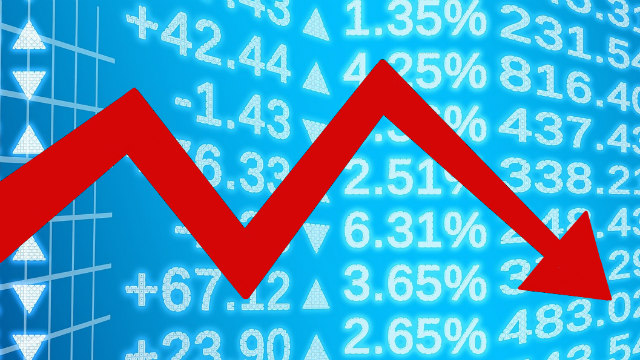It’s a common misconception that all cheap, beaten up stocks are great value buys. Sure, value investors try to buy low and sell high, but there’s a lot more to it than looking at traditional valuation metrics to determine whether or not a cheap stock will actually amount to decent returns over the long run. It pays to be a contrarian, but only if the beaten up stock is a wonderful business that is facing temporary hardships, either due to an entire market downturn or some other factor that isn’t likely to impact the long-term fundamentals of the business.
If cheapness is your only criteria in picking stocks, then you could be setting yourself up for less than satisfactory returns over the long haul because “cigar butt investing” isn’t a great strategy. Many investors are searching the markets for “dirt cheap” stocks, but instead of a value play, they actually end up with a cigar butt that may not have anymore puffs left. Just because a stock is cheap doesn’t mean it’s undervalued. It’s important to do your homework before picking up shares of a beaten up stock to avoid losing your shirt to a value trap. You need to ask yourself some tough questions. Why is the stock beaten up? Are there any medium to long-term catalysts that will propel the stock higher?
Here is one “cheap” stock that I think is a value trap, and should be avoided by the average investor:
IGM Financial Inc. (TSX:IGM)
IGM Financial Inc. is a Canadian financial services company that makes a huge chunk of its profits from selling mutual funds that have absurdly expensive management fees. IGM operates through two fund divisions in Mackenzie Funds and Investors Group, whose commercials you’ve probably seen on television. Actively managed mutual funds sound nice, and advisors may claim they consistently deliver market-beating returns over the long run, but this is rarely the case.
Both Mackenzie Funds and Investors Group offer mutual funds whose management expense ratio (MER) is north of 2.5%. Sure, an advisor may tell you it’s not much, but over many years of compounding, this 2.5% could cost you a great deal of money, and could put your retirement in jeopardy. The average Canadian doesn’t really know how much they’re paying for actively managed funds, but it’s a lot, and I believe mutual funds could be going out of fashion as ETFs continue to gain popularity.
Going forward, regulations may also be put in place to put a stop to the misleading hidden fees that come with mutual funds. The mutual fund provider may have to clarify exactly how much it will cost investors to invest in a particular actively managed fund. If the average Canadian investor understood the real costs of investing in an actively managed mutual fund, I would bet that they’d opt for cheaper alternatives.
Sure, the stock is cheap with a 12.85 price-to-earnings and a 2.1 price-to-book. Both of which are lower than the company’s five-year historical average multiples of 14.3, and 2.4 respectively, but the stock could get even cheaper as the company faces the long-term headwind of mutual funds going out of style. With the rise of DIY investors and a wide selection of ETFs, I see the mutual fund businesses being a place for investors to avoid over the next few years.









